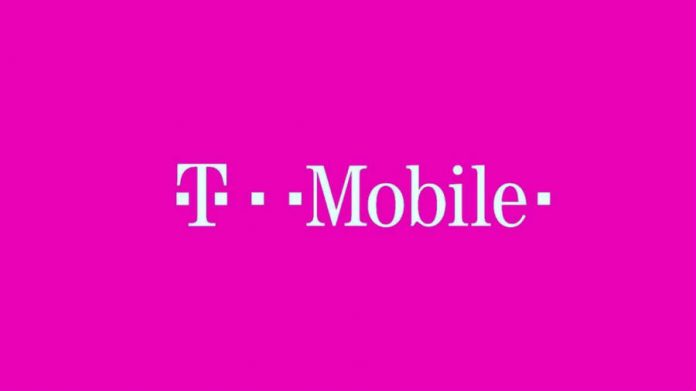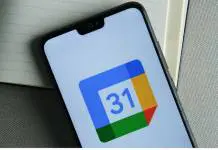
On Monday, AT&T and T-Mobile announced they had completed the first field trials of LTE-LAA (Licensed Assisted Access) technology successfully. The new wireless broadband standard will enable mobile devices to reach download speeds as high as 741 Mbps and, with time, the transition to 5G.
In the case of T-Mobile, the carrier also announced a speed bump to customers with LTE Advanced-compatible devices in the form of LTE-U, which is the same service running on the unlicensed 5 GHz band. Only people with Samsung Galaxy S8 phones can enjoy the speeds of this piece of the spectrum.
The fast-paced transition toward 5G connectivity relies on both infrastructural support from carriers and government and technological advancements by chipmakers like Qualcomm to make devices capable of riding faster airwaves.
What is LTE-LAA and why is it important
LTE-LAA stands for Licensed Assisted Access, and it is essentially a combined platform that used both regular licensed spectrum and unlicensed 5 GHz airwaves that are publicly available but not yet fully capable of withstanding national support.
The difference between LTE-LAA and LTE-U is that the first is capable of more carrier aggregation, which means it can technically use more bandwidth of both types of the spectrum maximizing wireless speeds as a result.
Out of the two carriers announcing successful field trials of LTE-LAA services on Monday, T-Mobile got the best results. Their platform was able to provide download speeds as high as 741 Mbps, while AT&T managed to reach 650 Mbps during their tests.
Both outcomes are largely encouraging and signal commitment with progress and ambition to take the U.S. to the next level of mobile telecommunication standards: 5G connectivity.
The 5th generation of mobile networks has been a big deal in the telecom industry for some time, and ‘5G’ itself was the most popular topic at the Mobile World Congress earlier this year.
Carriers and tech giants have both showcased the future of wireless systems at conferences like these, alleging that sooner rather than later we will be living in a world where 1 Gigabit download speeds will be the standard for mobile devices.
The importance of the 5G transition is that it will blur the line even further between the traditional desktop or fixed devices and the increasingly hybrid technology we see day after day.
Seamless mobility has not happened yet because infrastructure won’t allow it, but when networks evolve enough to make it happen, the industry will adopt it and adapt their paradigms to meet future necessities.
In the meantime, telecom leaders like Ericsson continue their partnership with AT&T to deliver blazing-fast speeds to customers; while T-Mobile’s LTE-U is available in Bellevue, WA; Brooklyn, NY; Las Vegas, NV; Richardson, TX; and Simi Valley, CA.










